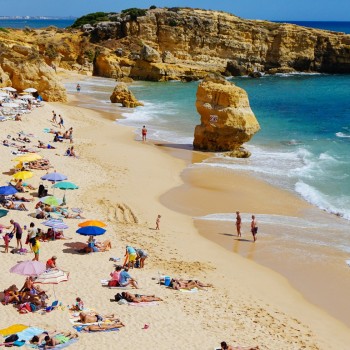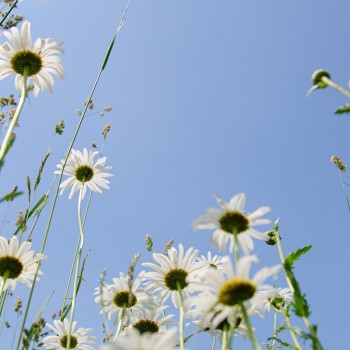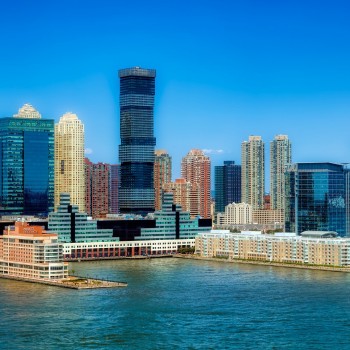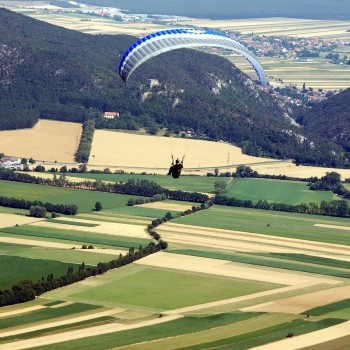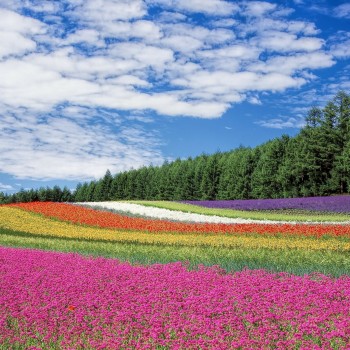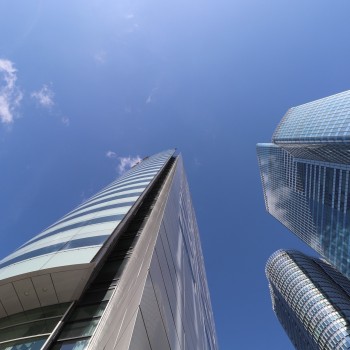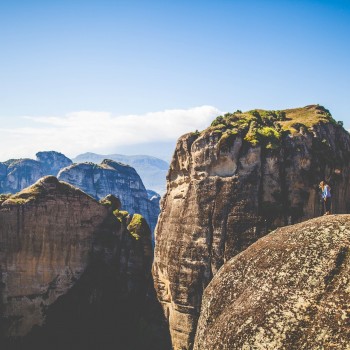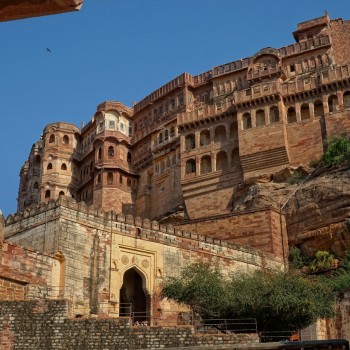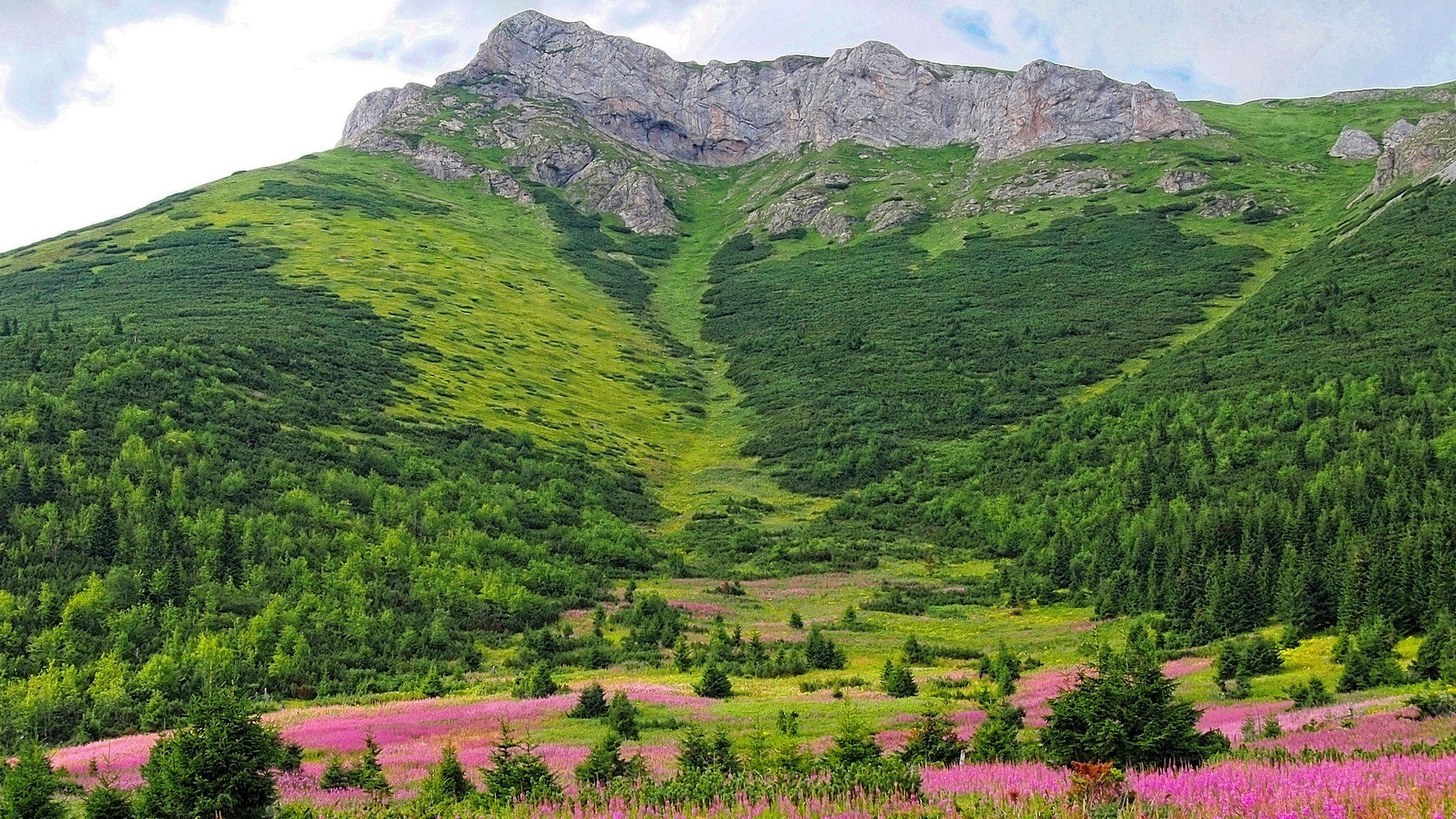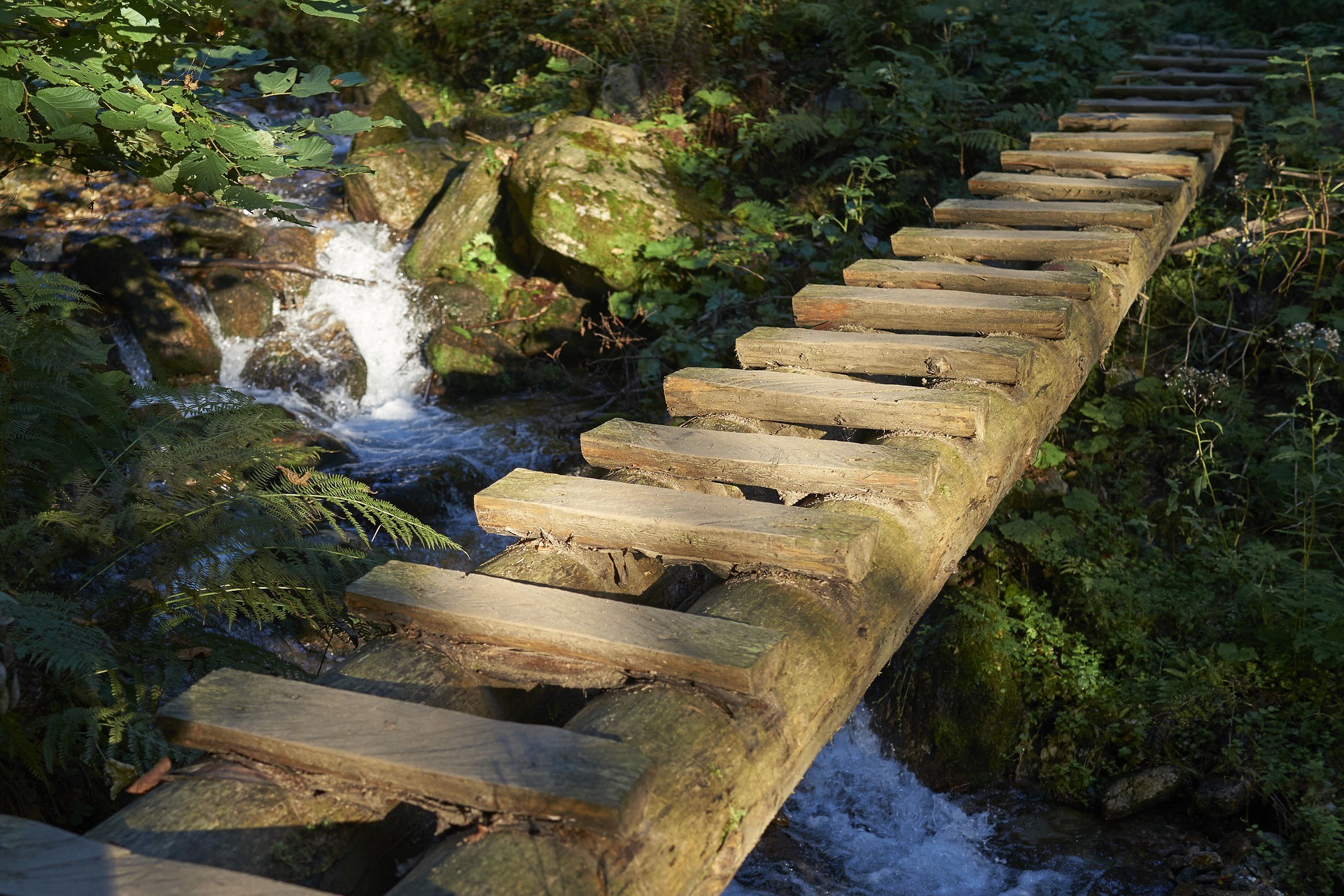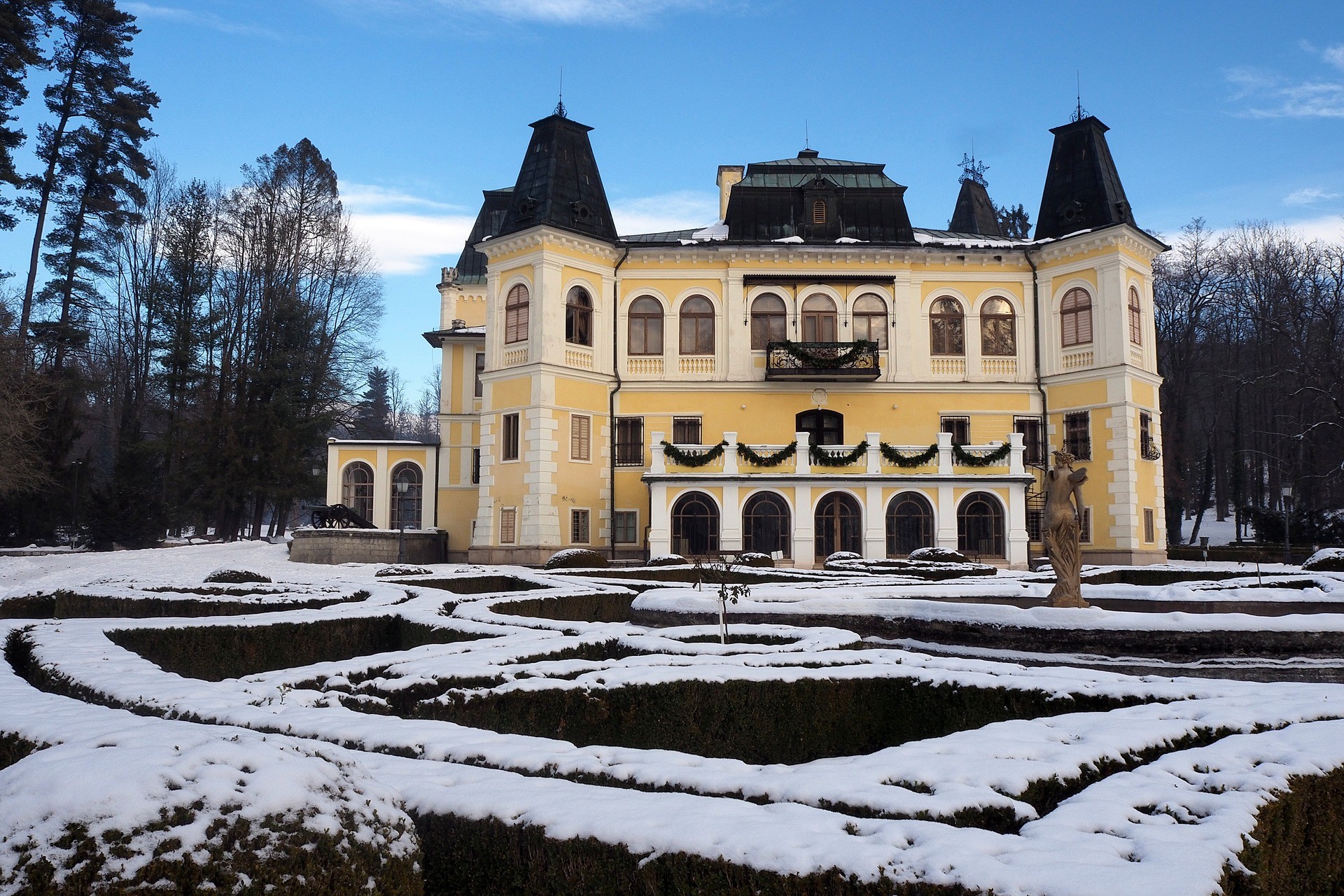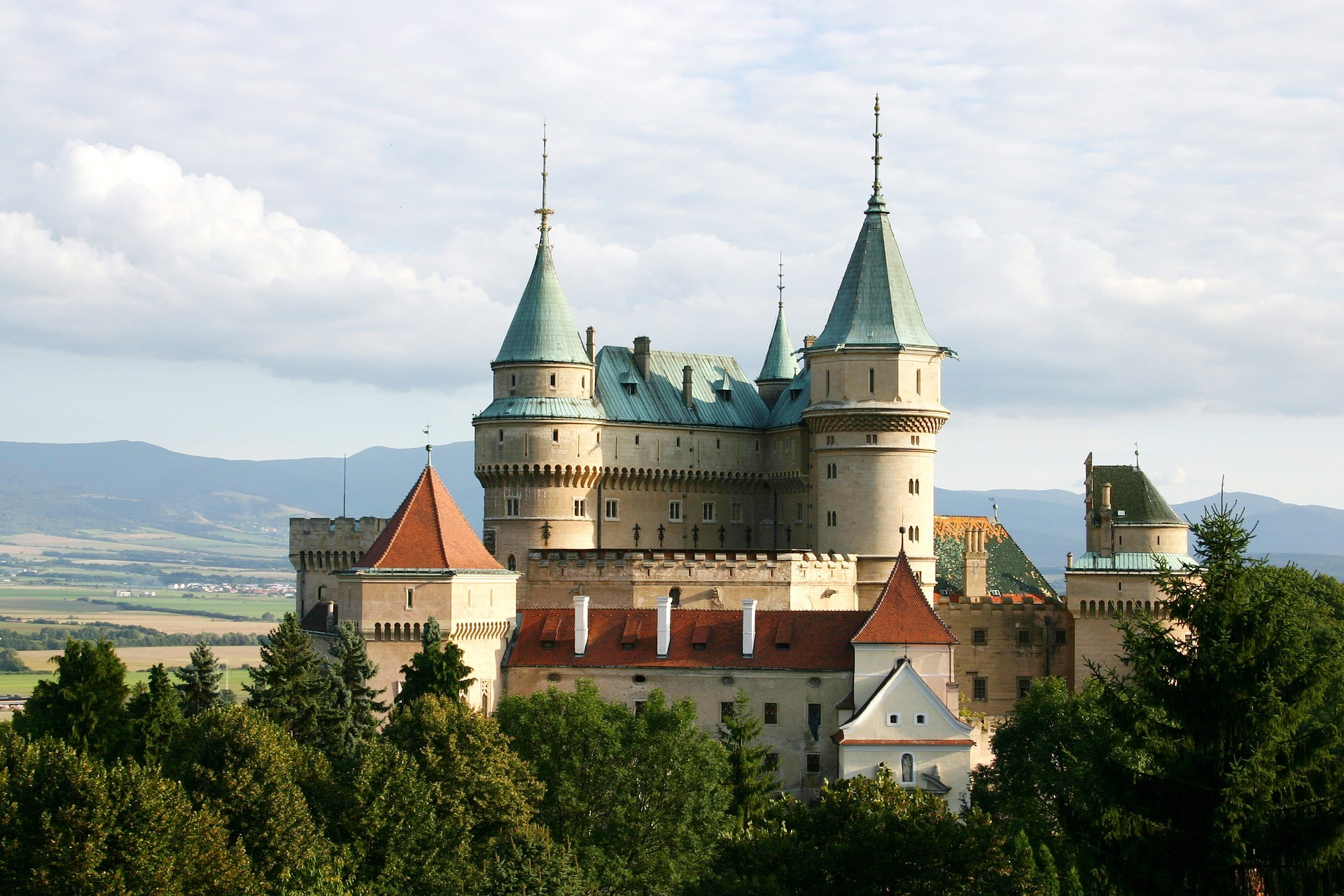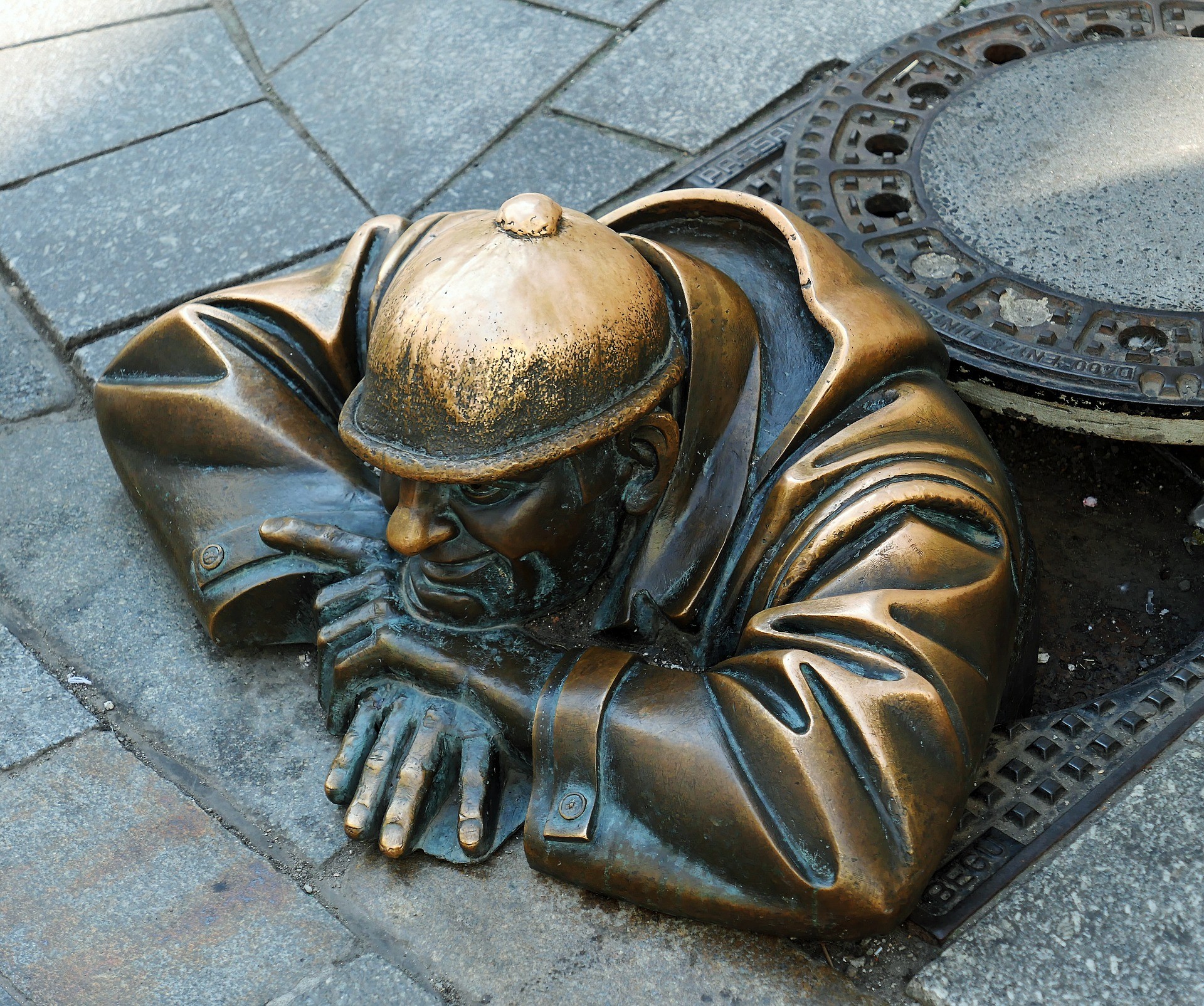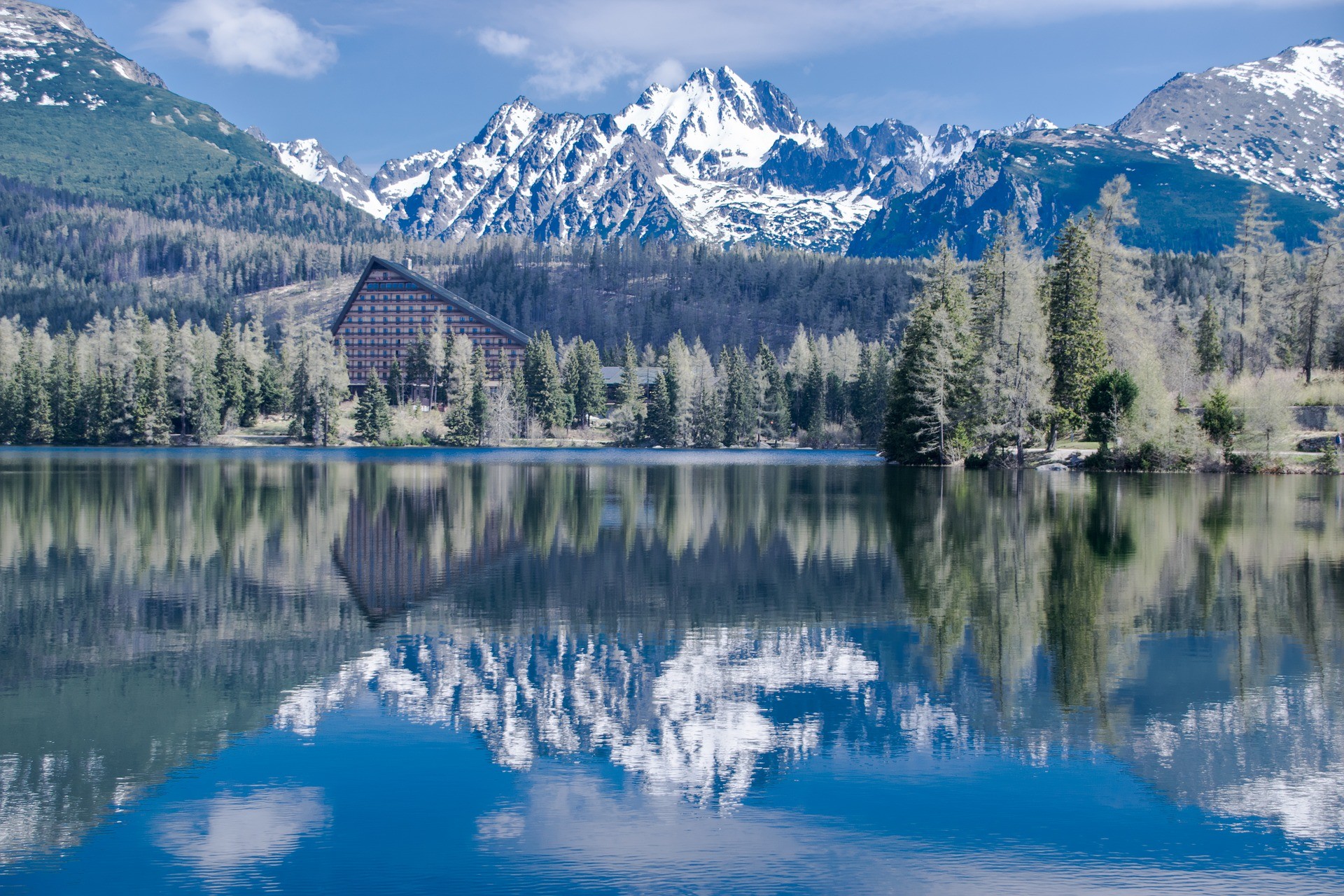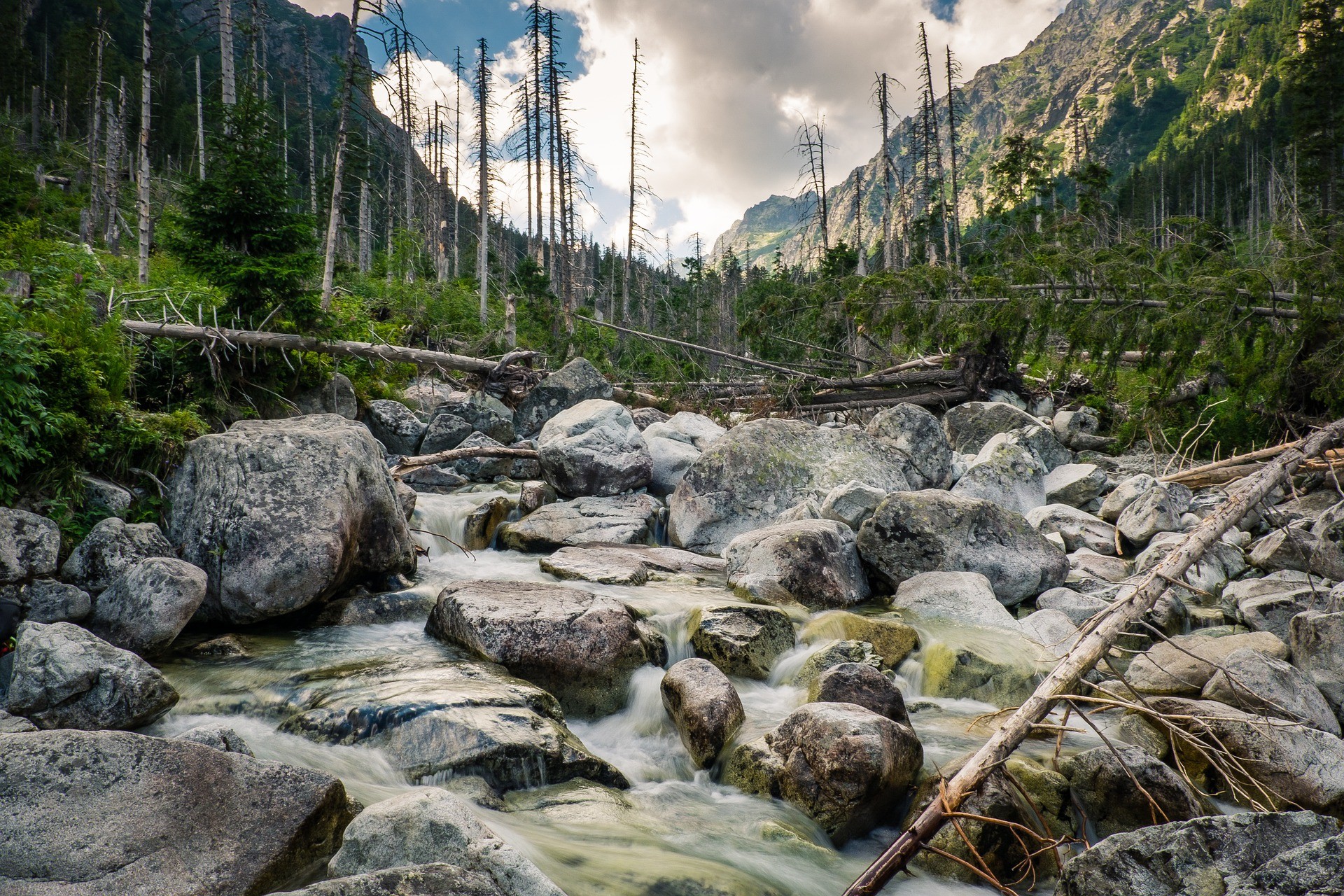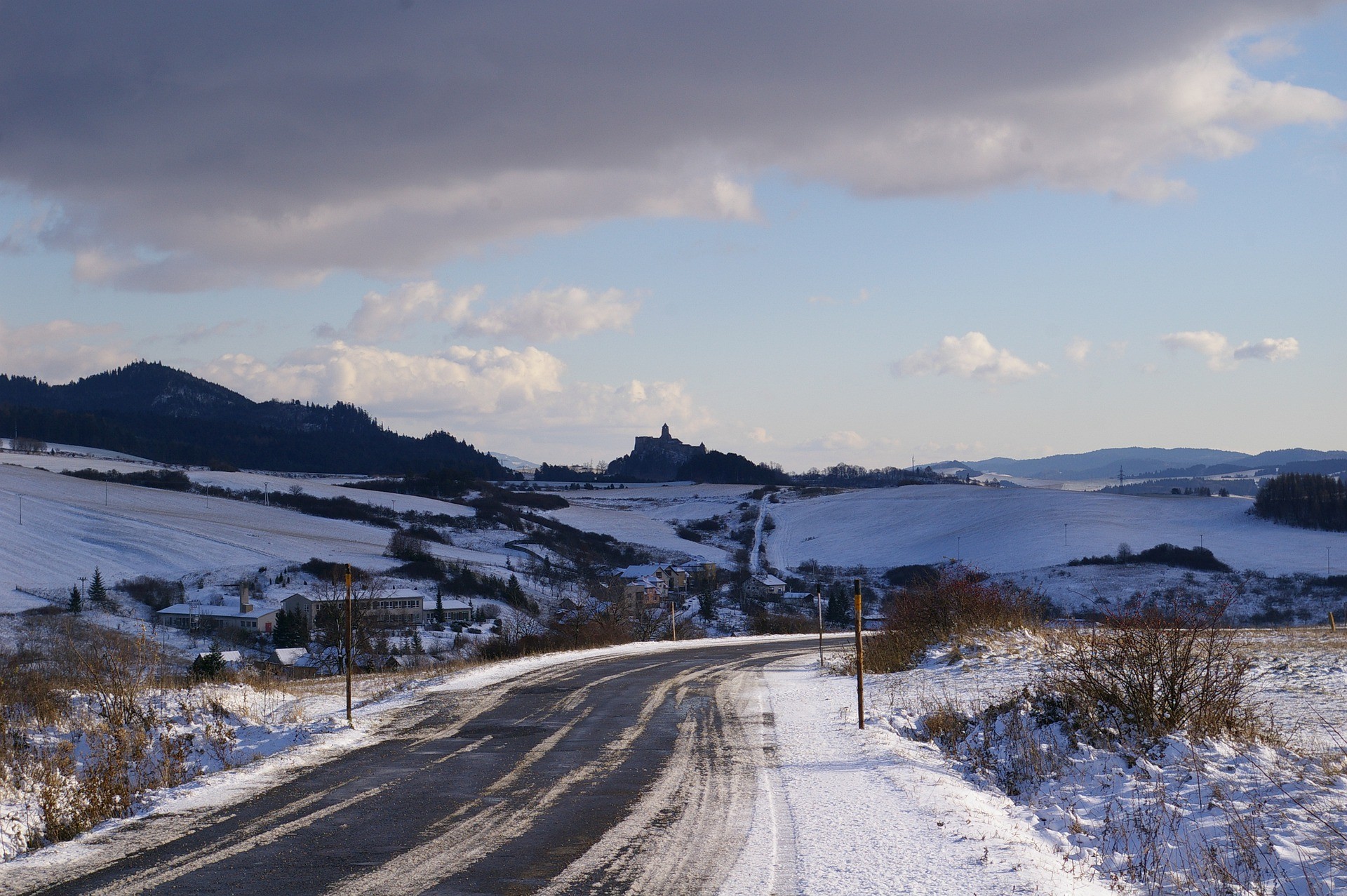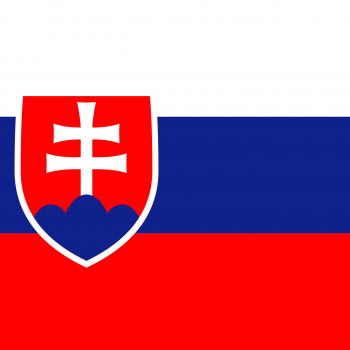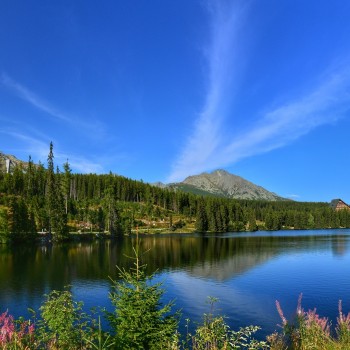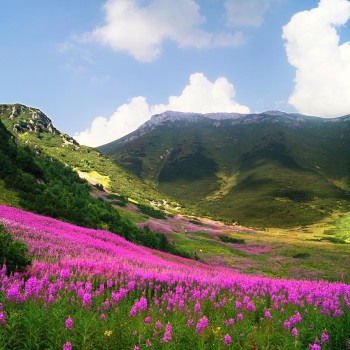Slovakia
Slovakia
Capital city description
Bratislava is the largest and the capital city of Slovakia. Bratislava is Slovakia's political, economic, and cultural center. Famous buildings in the town include the Grassalkovich Palace, the president's place, and the Episcopal Summer Palace, serving as the government's home. The Slovakian parliament also meets in Bratislava.
The city has the headquarters of most businesses and financial institutions of Slovakia and many prestigious higher educational institutions, theaters, and galleries. The town merges the most expensive international boutiques with tourist-oriented souvenir shops and numerous cafes and restaurants. Bratislava also houses the oldest surviving castle, a basilica on the lawn facing Bratislava's Old Town, dating from the 9th century.
Climate
In Slovakia, the climate is moderately continental in the plains. At the same time, it becomes colder with increasing altitude in mountainous areas.
Spring: March to May
Summer: June to August
Autumn: September to November
Winter: December to February
Languages spoken
Slovak is the official and widely spoken language in Slovakia.
Fun/Fascinating Facts
- Slovakia is home to the highest Gothic wooden altar in the world. The altar of St. Jakub, created by Master Paul, is located in the Church of St. James in Levoča. The wooden structure reaches almost 19 meters high and 6 meters wide, made without a single nail. The entire town became a Unesco World Heritage Site in 1993.
- Slovakia boasts the highest number of castles and chateaux per capita globally.
- The highest horse statue globally is in Slovakia. It is made entirely of stainless steel, rises to almost nine meters, and weighs 20 tons. It is located in the Sport and Congress Center in Šamorín-Cilistov.
- In Slovakia, every day of the year is assigned one or two names. This insinuates a party for you when your name comes up, just like you have it on your birthday. You can expect well wishes, cards, and sometimes even gifts when your name day comes up.
- Slovakia houses the world’s newest and most accurate astronomical clock, located in the tiny Slovakian village of Stará Bystrica. It was built in 2009 by the sculptor Viliam Loviška and architect Ivan Jarina. An intricate satellite-controlled software powers the horologe to display accurate solar time.
Unique Customs/Traditions
- Slovakia has a fun tradition of wedding moderators who act as the official programmers during the wedding, providing both instructions and entertainment to the guests. The moderators are often dressed in traditional folk costumes. They are involved with greeting the guests, orchestrating the ceremony, and letting the couple know when to cut the cake and throw the flower bouquet. The moderator orchestrates the breaking of a plate, which the couple must then sweep up using a broom while guests kick the pieces around the room. Completing this task shows that the couple is ready to work together.
- One of the ancient traditions that still exists is the carrying of Morena; it is the form of a straw effigy dressed in woman's clothing that symbolizes the end of winter and the arrival of spring. Young girls carried Morena to a local stream, undressed it on the bank, set it on fire, and threw it in a stream.
- Slovakia's unique customs are always connected to each day of Easter week. On Holy Thursday, locals awake early and bathe in the dew. It was said to be the best way to keep good health during the whole year. On Good Friday, people were discouraged from working in the garden, and during Lent, Christians were forbidden from eating meat or meat products. On Easter Saturday, no masses are celebrated until midnight, and on Easter, Sunday food is consecrated in churches and can be consumed again after a long period of fasting. Young girls decorate Easter eggs for young boys on Monday. Easter Monday is traditionally connected with "šibačka" (whipping) and "polievačka" (water pouring) – young boys go from door to door, pour girls with water, and gently whip them with a birch rod. In return, they receive painted Easter eggs and colored ribbons on their rods from the young girls.
- During Midsummer Night in Slovakia (the night of June 23rd-24th), young people burn bonfires on the hills overlooking villages and jump over them, singing and dancing.
Popular universities
| Name | Description | |
|---|---|---|
| Univerzita Komenského v Bratislave (Comenius University in Bratislava) | Established in 1919, Univerzita Komenského v Bratislave (Comenius University in Bratislava) is a non-profit public higher education institution located in the medium city of Bratislava . This institution also has a branch campus in Martin. Univerzita Komenského v Bratislave (UK) offers courses and programs leading to officially recognized higher education degrees such as bachelor's degrees, master's degrees, doctorate degrees in several areas of study. | |
| Slovenská technická univerzita v Bratislave (the Slovak University of Technology in Bratislava) | Founded in 1938, Slovenská technická univerzita v Bratislave (the Slovak University of Technology in Bratislava) is a non-profit public higher education institution in the medium city Bratislava. Slovenská technická univerzita v Bratislave (STU) offers courses and programs leading to officially recognized higher education degrees such as bachelor's degrees, master's degrees, doctorate degrees in several areas of study. | |
| Technická univerzita v Košiciach (Technical University of Košice) | Technická univerzita v Košiciach (Technical University of Košice) is a for-profit public higher education institution located in the urban setting of the small city of Košice, KoSice, established in 1952. Technická univerzita v Košiciach (TUKE) offers courses and programs leading to officially recognized higher education degrees such as bachelor's degrees, master's degrees, doctorate degrees in several areas of study. This institution also has a branch campus in Prešov. | |
| Univerzita Konštantína Filozofa v Nitre (Constantine the Philosopher University in Nitra) | Established in 1959, Univerzita Konštantína Filozofa v Nitre (Constantine the Philosopher University in Nitra) is a non-profit public higher education institution located in the urban setting of the small city of Nitra. Univerzita Konštantína Filozofa v Nitre (UKF) offers courses and programs leading to officially recognized higher education degrees such as bachelor's degrees, master's degrees, doctorate degrees in several areas of study. | |
| Univerzita Pavla Jozefa Šafárika v Košiciach (Pavol Jozef Šafárik University in Košice) | Univerzita Pavla Jozefa Šafárika v Košiciach (Pavol Jozef Šafárik University in Košice) is a non-profit public higher-education institution located in the urban setting of the small city of Košice, KoSice. Established in 1959 and officially recognized by the Ministerstvo školstva, vedy, výskumu a športu Slovenskej Republiky (Ministry of Education, Science, Research and Sport of the Slovak Republic). Univerzita Pavla Jozefa Šafárika v Košiciach (UPJS) offers courses and programs leading to officially recognized higher education degrees such as bachelor's degrees, master's degrees, doctorate degrees in several areas of study. | |
| Žilinská univerzita v Žiline (University of Žilina) | Žilinská univerzita v Žiline (University of Žilina) is a non-profit public higher education institution located in the urban setting of the small city of Zilina. Officially recognized by the Ministerstvo školstva, vedy, výskumu a športu Slovenskej Republiky (Ministry of Education, Science, Research and Sport of the Slovak Republic). Žilinská univerzita v Žiline (UNIZA) offers courses and programs leading to officially recognized higher education degrees such as bachelor's degrees, master's degrees, doctorate degrees in several areas of study. | |
| Slovenská Polnohospodárska Univerzita v Nitre (the Slovak University of Agriculture in Nitra) | Slovenská Polnohospodárska Univerzita v Nitre (the Slovak University of Agriculture in Nitra) is a non-profit public higher education institution in the urban setting of the small city of Nitra, founded in 1941. Officially recognized by the Ministerstvo školstva, vedy, výskumu a športu Slovenskej republiky (Ministry of Education, Science, Research and Sport of the Slovak Republic), Slovenská Polnohospodárska Univerzita v Nitre (SPU Nitre) is a medium-sized coeducational Slovak higher education institution. Slovenská Polnohospodárska Univerzita v Nitre (SPU Nitre) offers courses and programs leading to officially recognized higher education degrees such as bachelor's degrees, master's degrees, doctorate degrees in several areas of study. | |
| Univerzita Mateja Bela v Banskej Bystrici (Matej Bel University in Banská Bystrica) | Univerzita Mateja Bela v Banskej Bystrici (Matej Bel University in Banská Bystrica) is a non-profit public higher education institution located in the urban setting of the large town of Banská Bystrica , Banska Bystrica. Founded in 1992 and officially recognized by the Ministerstvo školstva, vedy, výskumu a športu Slovenskej Republiky (Ministry of Education, Science, Research and Sport of the Slovak Republic). Univerzita Mateja Bela v Banskej Bystrici (UMB) offers courses and programs leading to officially recognized higher education degrees such as bachelor's degrees in several areas of study. | |
Festivals & Events

International Festival of Ghosts and Monsters
Date: April and May
The International Festival of Ghosts and Monsters is held in a Romantic Bojnice Castle. The place provides the perfect setting for this annual ghosts and monsters festival, attracting over 50,000 visitors between April and May each year.
During this time, the castle area is full of various attractions and temptations, an eerie atmosphere, and a good spirit, including stalls with refreshments and good food. Visitors can also encounter alien invasions, witches, vampires, tragic romances, and stalls loaded with food and refreshments.
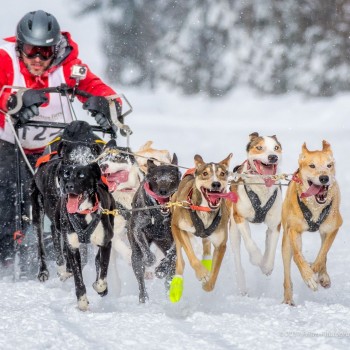
Sled Dog World Championships Sprint
Date: February
Sled Dog World Championships Sprint takes place annually in February at the Slovak Republic mountain village of Donovaly. This dog sled racing event has the status of the International Championship of Slovakia and creates a part of the WSA World Cup.
Some of the world’s best dog-sledders flock across the Starohorské Vrchy, the Low Tatras, and the Veľká Fatra mountains to participate in this unique event. Various attractions, rich refreshments, and, of course, a cultural program is also part of the race.

Košice Music Spring Festival
Date: May
Launched in 1956, Košice Music Spring Festival is the biggest and the oldest music festival in the Slovak Republic. During this week-long May classical music festival, the Czech and Slovak philharmonic orchestras perform the most beautiful music.
The festival also lures chamber orchestras, opera performers, and talented classical musicians.
.jpg)
Východná Folklore
Date: July
Východná Folklore Festival has been held over three days during the first weekend of July every year since 1953. The Festival presents the year-long work of the Slovak folklore ensembles, children's ensembles, folk music, vocal groups, solo musicians, and dancers.
On five amphitheater's stages, dozens of hundreds of participants perform in front of tens of thousands of spectators. Top-class folklore ensembles from all around the world participate in the Festival every year.
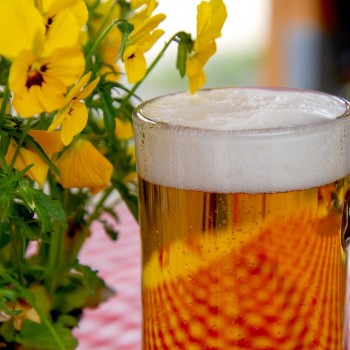
Junifest
Date: June
A 10-day long Bratislava beer festival, Junifest is renowned for its variety of beer from all over the region, concerts, shows, and the famous Miss Junifest Pageant.
The festival hosts more than 300 musical performances alongside games, food, and raffle ticket draws for attractive prizes each year.
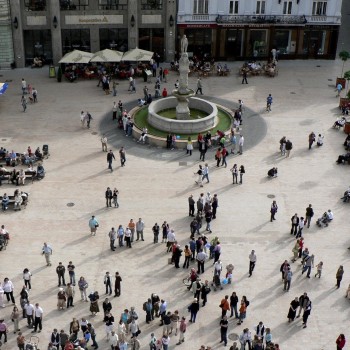
Salamander Days
Date: September
Held in September, the Salamander Days weekend festival is the most prominent event in Banská Štiavnica. This festival is a tribute to the Slovak Republic’s many miners, oil field workers, and ironworkers.
Hundreds of participants dress up in historical costumes, resembling memories and scenes from the life of old Banská Štiavnica, are wandering around the town. Besides the parade concerts, theatrical performances for children, open days, exhibitions, bazaars with minerals, and other events for all age groups are also part of the program.
Attractions / Top Sights

Bardejov
When to visit: July and August
Bardejov is a best-preserved example of a fortified medieval town inscribed on UNESCO’s World Heritage List. It exhibits numerous cultural monuments in its completely intact medieval town center. The city has maintained a high level of authenticity without any major demolitions or additions since medieval times.
Nowadays, Bardejov is known mainly for its authentic old town square. Since medieval times, the city has maintained a high level of authenticity, making it a famous tourist destination.
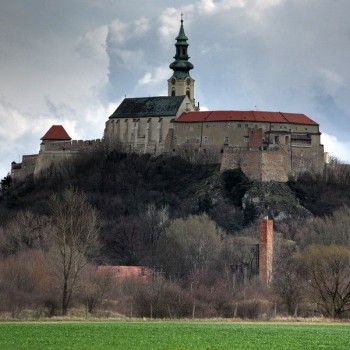
Nitra Castle
When to visit: April to October
Built in the 11th century, Nitra Castle is a castle located in the Old Town of Nitra, Slovakia. It dominants the city and is a national cultural monument. It is the seat of the Diocese of Nitra. The oldest surviving part of the Cathedral is the Romanesque church of St Emeram from the 11th or 12th century. One of the most recently discovered treasures at the Nitra Castle is the Gothic fresco of the Death and Coronation of the Virgin Mary.
Its outer fortifications with the oldest parts from the Romanesque period are genuinely fascinating. The legendary Vazilova veža tower with the square ground plan was rebuilt and adapted in the Romantic style several times.
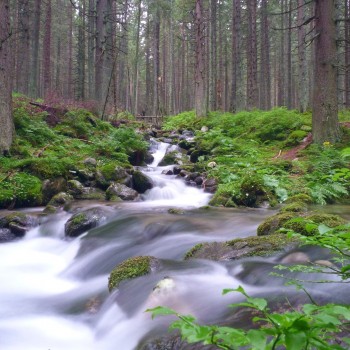
Dunajec River, Slovakia
When to visit: April to October
The Dunajec is a river running through northeastern Slovakia and southern Poland. The Dunajec flows amid the panoramic mountains of the National Park of Pieniny. Its riverbed is rocky, and the picturesque view boasts several waterfalls and meanders.
The Dunajec enters a wonderful canyon next to Červený Kláštor called Prielom Dunajca. River Rafting is the most favored attraction for locals and tourists in Dunajec. During the summer season, sightseeing trips on wooden rafts are organized by various associations and organizations which offer it on different reaches of the river with a varied length.
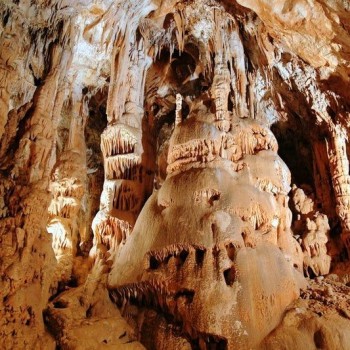
Domica Cave
When to visit: Between mod-June to October
Domica Cave, also known as the "Pride of the Region Gemer," lies in the southwestern part of the Slovenský Kras karst on the Silická Planina plateau. Due to its significance and unique embellishment, it was inscribed into the UNESCO World Heritage List.
Stalactical decoration with lots of stalagmites and stalactites is grandiose. Genuinely impressive are springlet-like stalactites, pagoda-like stalagmites, and cascading waterfalls in the style of Roman baths.
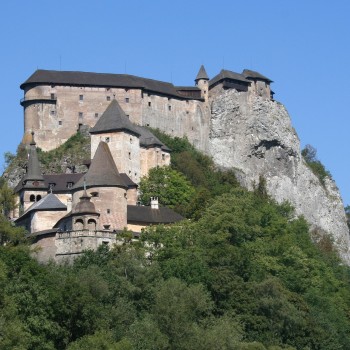
Orava Castle
When to visit: April to October
One of the most stunning and enormous castles in Slovakia, Orava Castle, is situated on a high rock above the Orava river in the northern Orava region. It was built in an older wooden hillfort after the Tartar invasion in 1241. The castle area consists of a great complex of the Lower, Middle, and Upper Castle with palaces, fortification systems, and towers. The Citadel – the oldest architecture of the Upper Castle, hosts the Archaeological Exhibition and Mediatéka (Media Library), presenting the outline of films set and produced at Orava Castle.
Castle buildings, furnished rooms, large courtyards, torture rooms, and weapon collections are part of one fascinating historical exhibition. It is one of the most fantastic tourist attractions in north Slovakia.
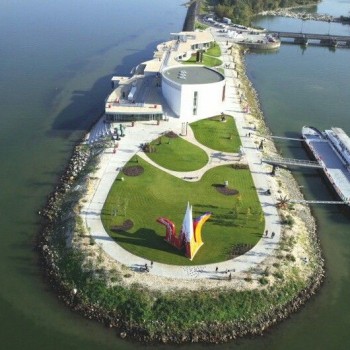
Danubiana Meulensteen Art Museum
When to visit: April to October
Danubiana Meulensteen Art Museum is an extraordinary museum of modern art located on the Danube river. It offers many exhibitions and a permanent collection featuring the most renowned artists from Slovakia and abroad. Many Slovak and Czech artists are featured, like Viera Kraicová’s bold nudes, end-of-days tableaux by Vincent Hložník, and realist-abstractionist mash-ups by Rudolf Fila.
Be amazed at the beautiful paintings and sculptures, walk through the expansive park and get a stunning view from the roof terrace. The gallery’s floor-to-ceiling windows overlook the water, providing an organic backdrop to primarily contemporary art.

Spiš Castle
When to visit: April to October
One of the largest castles in Central Europe, Spiš Castle, stands on the hill above the plebs in the north-western region of Eastern Slovakia.
The highlights of the four-hectare site, connected by stone pathways and stairs, include views from the 22m-high tower and a museum of medieval history within the former palace. Spiš Castle was included in the UNESCO World Heritage List in 1993.
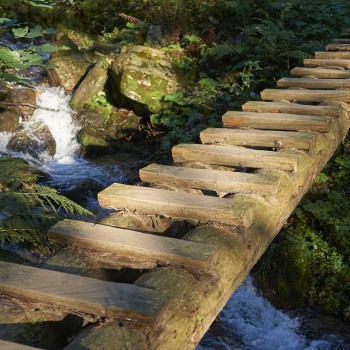
National Park of Slovenský Raj
When to visit: July to September
The National Park of Slovenský raj, located in the eastern part of Slovakia, is home to one of the most extensive ice caves in Europe and a stunning landscape of karstic plateaux, gorges, waterfalls, and caves attracting many tourists yearly.
Trekking is one of the challenging adventures visitors can experience. It often involves scaling metal ladders or balancing on footbridges above waterfalls. The most famous nature trails and tourist points are Prielom Hornadu, Tomasovsky view, Klastorisko with ruins of the Carthusian monastery, Kysel, Sokolia Dolina, Velky, and Maly Sokol, Piecky and Sucha Bela.

